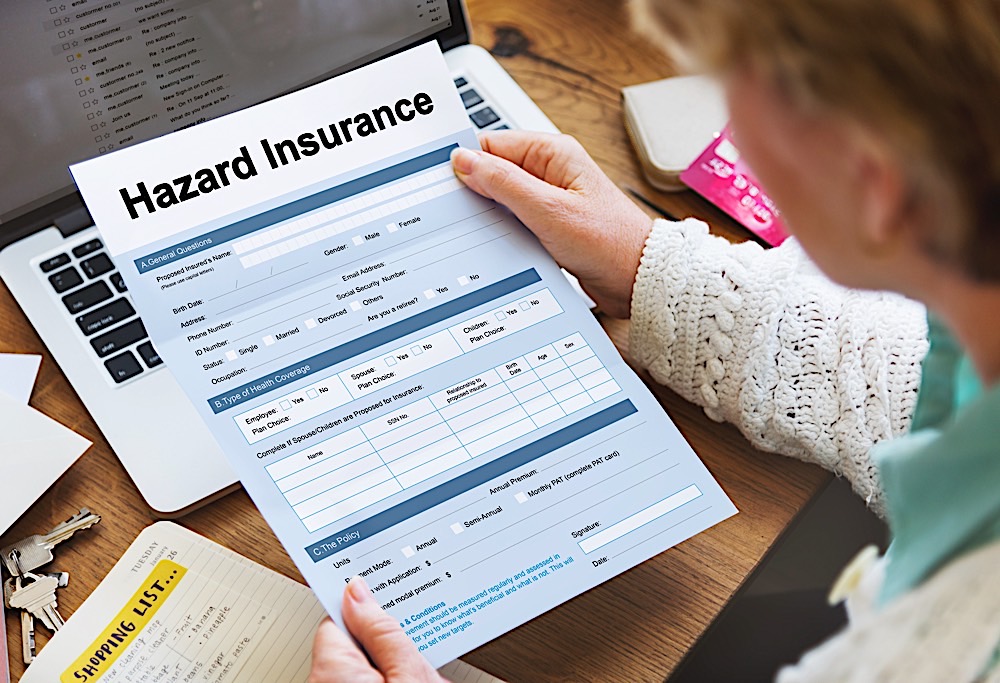You may be asking, can you buy a car with a debit card ? if you plan to buy one. After all, buying cash avoids the interest that would be charged if you were to finance the purchase. If you have bad credit, paying in cash may be a better option. However, if you want to buy a car with cash, you’ll find that your options are limited.
Can You Buy A Car With A Debit Card ?
You may choose to pay using a debit card whether you are trading in an old vehicle or purchasing a new one outright. When financing, this might be an useful approach to avoid interest payments. At the same time, unless you’re playing a part in a movie, you’re not going to the dealer with a briefcase full of cash.
This article will address the subject of whether a debit card may be used to purchase an automobile. We’ll also go over what you need to know about using a debit card to make a purchase.
Do merchants accept debit cards as a form of payment?
Would you like to use your debit card to purchase a used or new car? What you should know is that most vehicle dealerships will not take debit cards as payment.
The same logic applies whether you’re using a bank card or a prepaid debit card. There are costs associated with debit card payments that are often too high to justify for vehicle dealers.
If the dealer swipes your debit card, they will be charged a three to four percent swipe fee. Depending on the sale price, this might result in fees of several hundred dollars. Because the net profit margin on new car sales can be as low as 1%, accepting debit cards could result in the dealer losing money on the sale.
You may have heard that dealerships make the majority of their money from servicing and repairs, and this is somewhat true. For a variety of reasons, including inventory clearance, dealerships frequently take a loss on a transaction. Dealer finance, warranties, and repairs are, in fact, where dealers make the majority of their money.
Furthermore, using a debit card has additional dangers. Dealers are wary of using this method of payment because of the risk of debit or credit card theft. You may, for example, protest the transaction after the fact, citing a variety of concerns with the vehicle.
Even if your complaint is valid, a successful dispute could result in the dealer losing money on the transaction. This adds to the list of reasons why most dealerships refuse to take debit cards as payment.
If you pay with a debit card, there are a few things to keep in mind.
Have you received permission from the dealership to purchase your vehicle with a debit card? If that’s the case, here’s what you should know.
Spending limit per day
Your card may have a daily spending restriction, which means that if you try to spend more than that, your debit card transaction may be refused. Of course, there’s a good possibility you’ll go above that limit while buying a car. The majority of banks have a daily restriction of $2,000 to $7,000 in place.
It may, however, be feasible to raise the limit. These limits are set by banks to avoid fraud if your card is stolen. As a result, if you contact ahead and tell them about your future car purchase, they are likely to increase the amount.
Make certain you have enough money.
It may seem obvious, but when paying cash for a new car, you must have sufficient funds in your account. When buying a car, keep in mind that the sticker price isn’t the only thing you’ll have to pay. There are additional taxes and registration fees to consider. As a result, the final amount you pay may be larger than you anticipated.
What if you don’t have access to a debit card?
While some people prefer to pay cash for cars, debit cards aren’t always available. You may need to investigate other possibilities before making such a major purchase. Here are some other options for making a payment.
Using a bank account to make a payment
You can pay with a bank account if the auto dealer won’t accept your debit card. This can be accomplished by arranging a bank or credit union transfer. It normally takes two to three business days to complete these transactions.
Use a cashier’s check to make your payment.
Another alternative is to pay for the car with a cashier’s check from your bank. The dealer knows these checks won’t bounce, and you won’t have a hold placed on your account. If you pay with a personal check, this could happen.
Use a money order to make your payment.
A money order is an alternative to a cashier’s check and can be obtained from a variety of locations, such as Western Union or a grocery store. Money orders for the exact cost of the vehicle can be written and brought to the dealership.
Wire transfer payment
If you’re buying from a dealer, you can pay by wire transfer. Keep in mind that wire transfers normally come with a fee; domestic wire transfers might cost anything from $15 to $30. Private sellers may not be willing to provide you their details for a wire, therefore this method is better for dealer purchases.
Conclusion
The car-buying process can be stressful, and you’ll definitely want to keep things as simple as possible. You might think that you can just use your debit card to make the entire amount and be done with it.
Unfortunately, not all vendors will take the buyer’s debit card. There are alternatives to using a debit card whether you are paying cash for a down payment or the total cost of the car.
A bank transfer, prepaid card, or wire transfer, for example, could all be options for paying for your new car. Just make sure to notify your bank of the impending purchase and that you have sufficient funds in your account. All of these measures will ensure that you have no problems when you arrive at the dealer and that the process runs well.
The most important takeaways
- Although some merchants accept debit cards, not all of them do.
- Dealers face hefty costs and financial risk as a result of debit cards.
- If you use a debit card, make sure you have enough cash on hand and that the transaction does not exceed your daily spending limit.
- Don’t forget about other costs like taxes and registration.
- You have alternative options if you can’t pay with a debit card, such as bank transfers, cashier’s checks, money orders, or a wire transfer.



